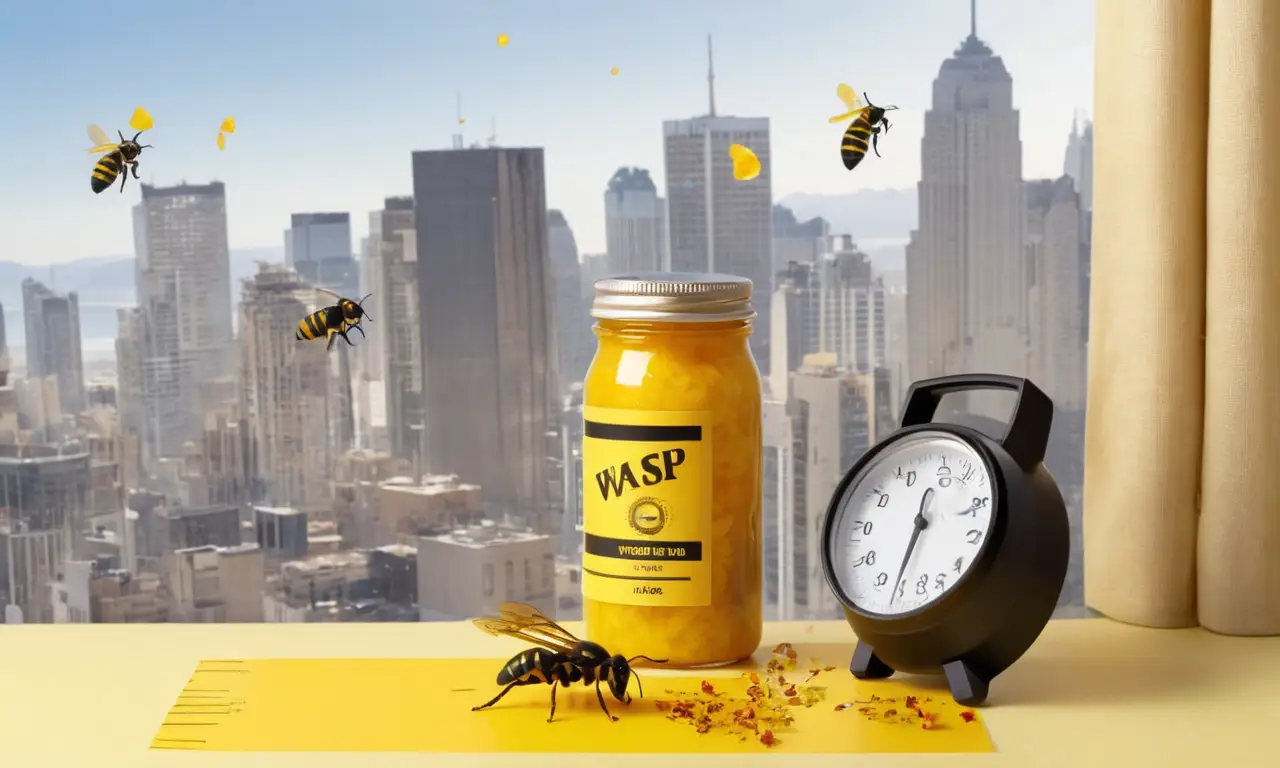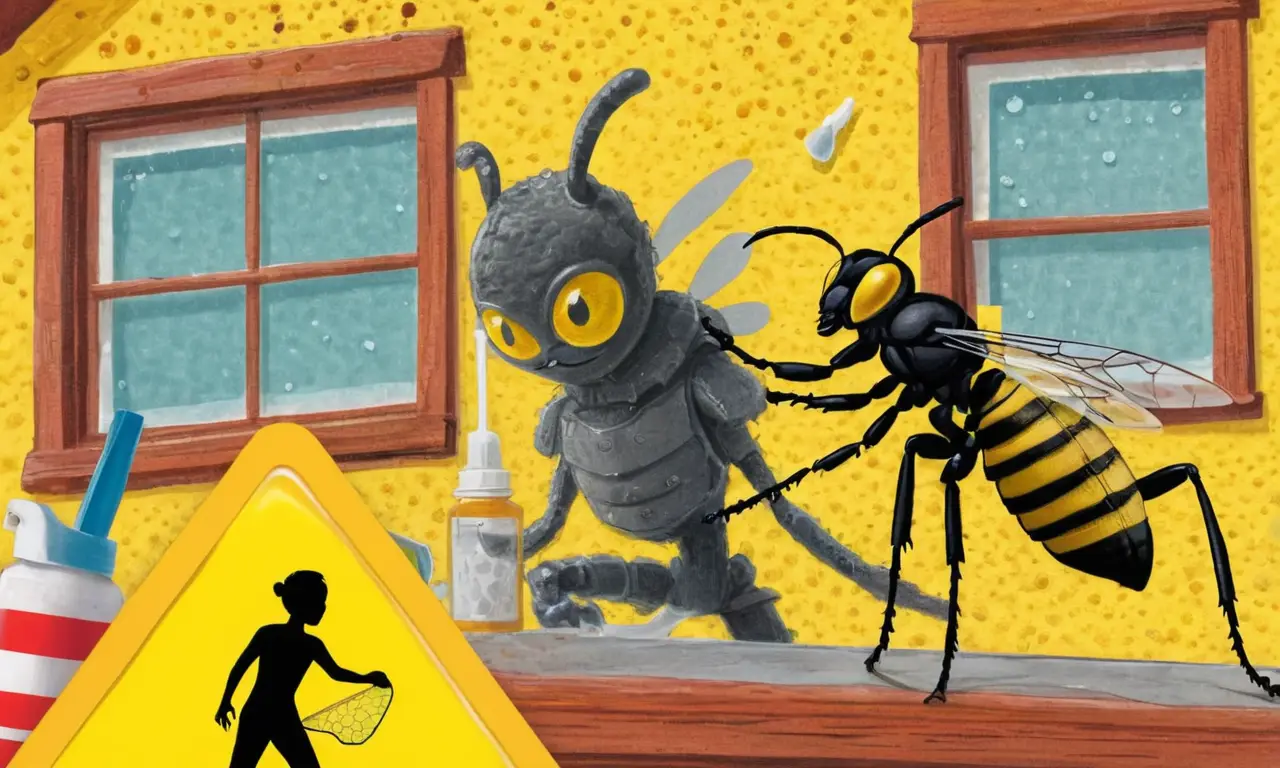
Wasps are fascinating creatures, but their presence indoors can be unwelcome. If you’ve spotted a wasp buzzing around your home, you might be wondering how long it will stick around. Understanding the lifespan of wasps inside a house is crucial for effective removal and prevention strategies. This article delves into the factors influencing a wasp’s survival indoors, provides tips on identifying common indoor species, and outlines practical steps to remove them safely and prevent future infestations.
This guide will explore the average lifespan of wasps within homes, examine the environmental factors that can impact their survival, and offer detailed instructions on how to identify different wasp species commonly found indoors. We’ll also discuss effective removal strategies and preventative measures to keep your home wasp-free.
Wasp Lifespan Indoors
The duration a wasp spends inside your house depends on several variables, including the specific species, available food sources, and environmental conditions. Generally, wasps can survive for a few days to several weeks indoors. Some solitary wasps might only live for a week or two, while social wasps like yellow jackets could potentially persist for several months if they establish a nest within your home’s walls or attic.
How long can a wasp live inside varies significantly based on these factors. A wasp that finds itself trapped in a sealed room with limited access to food and water will likely have a shorter lifespan compared to one that has discovered a readily available nectar source and shelter.
Factors Affecting Survival

Several environmental factors influence how long does it take a wasp to die indoors:
- Temperature: Wasps are cold-blooded creatures, meaning their body temperature depends on the surrounding environment. They thrive in warm temperatures and may struggle to survive in colder conditions. A sudden drop in temperature can significantly shorten a wasp’s lifespan.
- Food Availability: Wasps require sugary nectar and protein sources for sustenance. If they cannot find adequate food indoors, their survival will be limited.
- Water Access: Like all living creatures, wasps need water to survive. A lack of access to water can quickly dehydrate them and shorten their lifespan.
- Shelter: Wasps seek shelter from predators and harsh weather conditions. A comfortable and secure nesting site indoors can significantly extend a wasp’s life.
Identifying Indoor Wasps
Several wasp species commonly venture indoors, each with distinct characteristics:
Yellow Jackets
Yellow jackets are social wasps known for their aggressive behavior and painful stings. They typically build nests underground or in wall cavities. They are easily identified by their bright yellow and black markings.
Paper Wasps
Paper wasps construct open-faced papery nests often found under eaves, porch overhangs, or in sheds. They are generally less aggressive than yellow jackets and have a more slender body shape with distinctive reddish-brown markings.
Hornets
Hornets are larger than most wasps and possess a potent sting. They build large, enclosed paper nests in trees, shrubs, or sometimes within homes. They exhibit a variety of colors, including black, brown, and orange.
Removal and Prevention Strategies

Dealing with wasps indoors requires caution and careful planning:
- Avoid Direct Contact: Never attempt to handle or kill wasps directly. Their stings can be painful and potentially dangerous for those with allergies.
- Professional Pest Control: For large infestations or nests located in inaccessible areas, it’s best to contact a professional pest control service. They have the expertise and equipment to safely remove wasps and prevent future problems.
Prevention Tips:
- Seal Cracks and Gaps: Inspect your home for any cracks or gaps in walls, windows, or doors that wasps could use as entry points. Seal these openings with caulk or weather stripping.
Eliminate Food Sources: Keep sugary drinks and food covered, clean up spills promptly, and dispose of garbage regularly to reduce the attraction of wasps.
Remove Nesting Sites: Regularly inspect areas where wasps might build nests, such as attics, sheds, and under eaves. If you find a nest, contact a professional for removal.
Conclusion
Understanding how long can a wasp survive in a house and the factors influencing their lifespan is essential for effective management. While some wasps may only live for a few days indoors, others could persist for several weeks or even months. By identifying common indoor wasp species, implementing preventative measures, and seeking professional assistance when necessary, you can minimize the risk of wasp infestations and ensure a safe and comfortable living environment.
